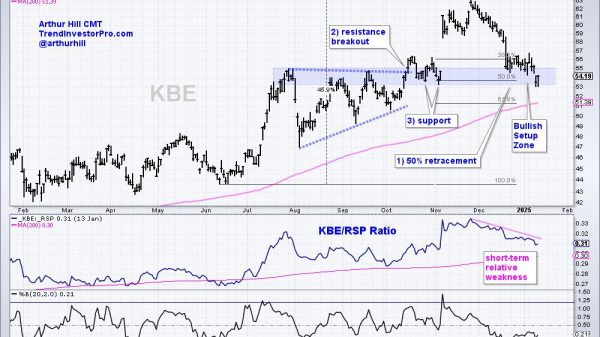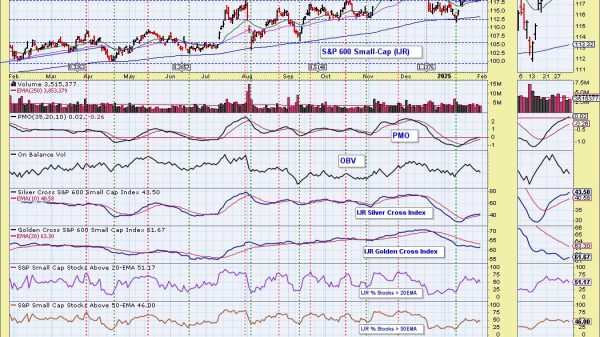
Equipment breakdowns hit businesses hard. Manufacturing firms now lose over £260,000 per hour when production stops unexpectedly—that’s 50% more than in 2019.
Most companies still wait for things to break before fixing them. This reactive approach costs far more than planning ahead with proper equipment management software. Prevention beats panic every time.
The Real Cost of Equipment Failures
When a machine breaks down, the repair bill tells only part of the story. A £500 component replacement can trigger thousands in additional costs.
Production stops dead. Workers stand around getting paid whilst nothing gets made. Rush delivery of spare parts costs two or three times normal prices. Weekend callouts mean double labour rates.
Take this example: A bakery’s main oven fails on Friday afternoon. The repair costs £3,000. But they also lose £12,000 in weekend production, pay £4,000 in overtime to catch up, and face £2,000 in penalty fees for late deliveries. Total damage: £21,000.
Contract penalties kick in when deliveries run late. Perishable materials go to waste during long shutdowns. Customer confidence takes a hit. Staff morale drops when every day brings another crisis.
The hidden costs add up fast. Emergency repairs drain budgets. Teams get stressed jumping from one breakdown to the next. Good technicians leave for calmer workplaces.
Why Prevention Wins
Fixing things before they break saves serious money. Every pound spent on planned maintenance typically saves five pounds in emergency repairs. Yet many businesses resist this approach.
The problem lies in how we see costs. Breakdowns scream for attention—alarms sound, production stops, phones ring. Planned maintenance whispers in the background. Managers notice the noise, not the silence.
Start small to prove the point. Pick your most troublesome equipment. Track what it currently costs in repairs, downtime, and lost production. Then implement basic checks and see the numbers improve.
Getting management buy-in makes or breaks prevention programmes. When bosses back maintenance over meeting daily targets, workers feel safe flagging potential problems early.
Some teams worry that scheduled maintenance disrupts production. Schedule work during shift changes or natural breaks instead. Brief planned stops prevent lengthy unplanned ones.
Prevention changes everything once it takes hold. Teams spot problems early. Repairs happen during convenient times. Costs drop whilst reliability climbs.
Technology That Actually Helps
Sensors watch equipment constantly. They spot tiny changes in vibration, temperature, or pressure that signal trouble ahead. These early warnings let you fix problems before they cause shutdowns.
Smartphones put maintenance histories in technicians’ pockets. Scan a QR code and instantly see past repairs, parts lists, and troubleshooting steps. No more hunting through filing cabinets or waiting for someone to find the right manual.
The system reminds you when routine work is due. It creates work orders, books technicians, and checks parts availability automatically. Nothing gets forgotten during busy periods.
Managers get dashboards showing what’s working and what needs attention. One manufacturer cut unplanned downtime by 35% within six months using this approach. They saved £180,000 annually whilst boosting production by 12%.
Modern tools make maintenance predictable instead of panicked. They turn your maintenance team from firefighters into prevention specialists.
Quick Wins You Can Start Today
Big improvements don’t need big budgets. Focus on changes that show results within three months.
Target Your Worst Offenders:
- Find equipment that eats your maintenance budget
- Add up repair costs, downtime, and lost production
- Focus on the 20% of machines causing 80% of problems
- Look for patterns in when and why they fail
Start with your “problem children”—the machines that constantly need attention. These usually offer the biggest savings potential.
Write simple checklists for daily equipment checks. Cover basics like lubrication, cleaning, and visual inspections. Small problems caught early don’t become big expensive ones.
Fix your spare parts mess. Stock what you actually need for frequent failures. Get rid of obsolete parts gathering dust and tying up cash.
Teach machine operators to spot warning signs. Strange noises, unusual vibrations, or performance changes often predict failures. A quick heads-up from an operator can prevent a major breakdown.
Set a three-month timeline with clear goals. Week one: identify problem equipment. Week two: train operators on warning signs. Month two: implement daily checks. Month three: measure improvements and expand what works.
Track simple numbers like breakdown frequency, repair costs per machine, and unplanned downtime hours. Celebrate early wins to build momentum.
Getting Your Team On Board
People make or break equipment reliability. How operators use machines and how technicians maintain them matters more than expensive monitoring systems.
Core Training Areas:
- Safe operation and startup procedures
- Daily checks and warning signs to watch for
- Basic fixes and routine maintenance tasks
- Proper reporting and documentation
- Emergency stops and safety protocols
Two hours teaching correct operation procedures can prevent thousands in damage costs. Show operators load limits, proper startup sequences, and shutdown steps.
Train multiple people on each type of equipment. This prevents chaos when someone goes on holiday or leaves the company.
Build a culture where everyone cares about equipment condition. Praise workers who report potential problems or suggest improvements. Make maintenance everyone’s job, not just the technicians’.
Investing in training pays back quickly. Operators who understand their equipment cause fewer problems and spot issues faster.
Turn Your Data Into Savings
Your maintenance records hold clues about future problems. Most businesses collect this information but never use it to predict what happens next.
Numbers Worth Watching:
- How often each machine breaks down
- What maintenance costs by equipment age and type
- Whether problems follow seasonal patterns
- Which suppliers deliver quality parts on time
- How long different repairs typically take
Look for patterns in component failures. If the same part fails repeatedly, dig deeper. Maybe environmental conditions, operating methods, or design flaws need addressing rather than just swapping parts.
Rate your suppliers on delivery speed, part quality, and service response. Use this information when negotiating contracts or choosing new vendors.
Schedule maintenance based on actual equipment condition rather than calendar dates. Some machines need attention every 500 hours of operation, others every 1,000 hours. One-size-fits-all schedules waste money.
Failed parts tell stories. High failure rates might signal approaching end-of-life for aging equipment. Declining failure rates show successful prevention efforts worth copying elsewhere.
Start Your Transformation
Equipment management success comes from combining smart prevention, useful technology, and good training. Pick one or two changes to start with rather than trying everything at once. Small wins build confidence for bigger changes later.
Read more:
The Smartest Way to Reduce Equipment Downtime and Repair Costs






















